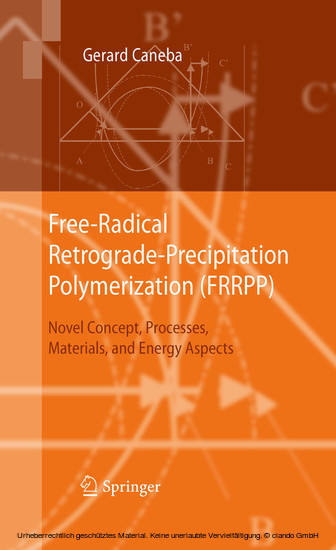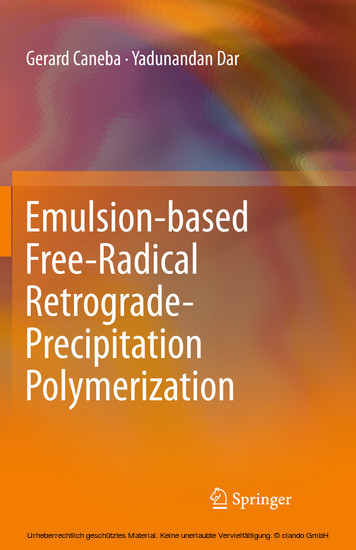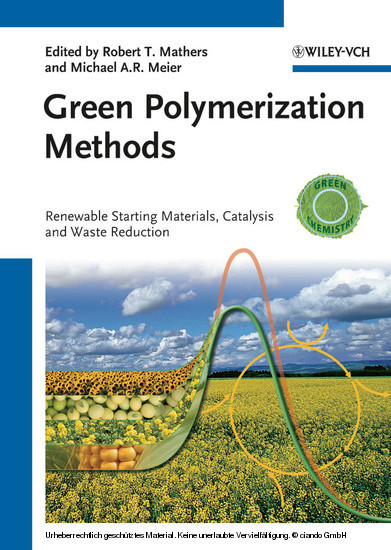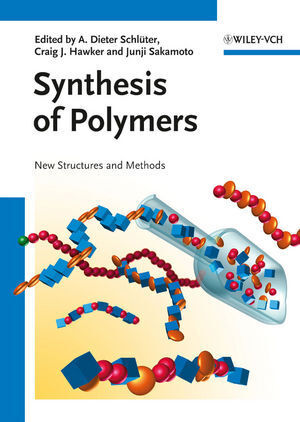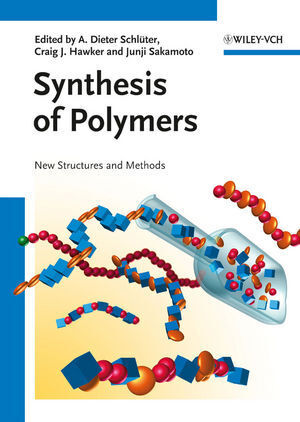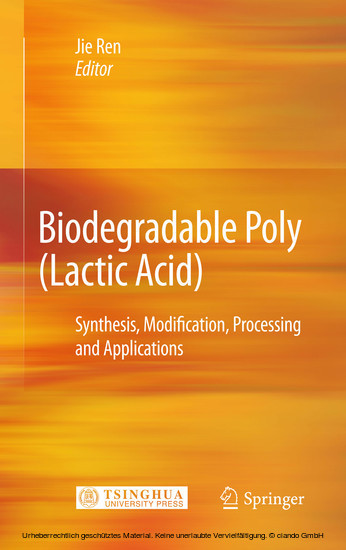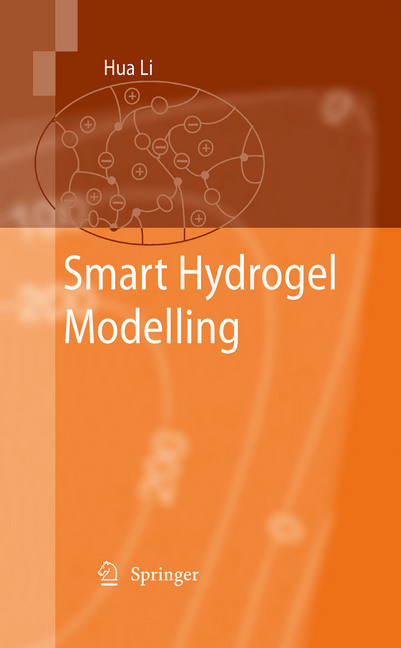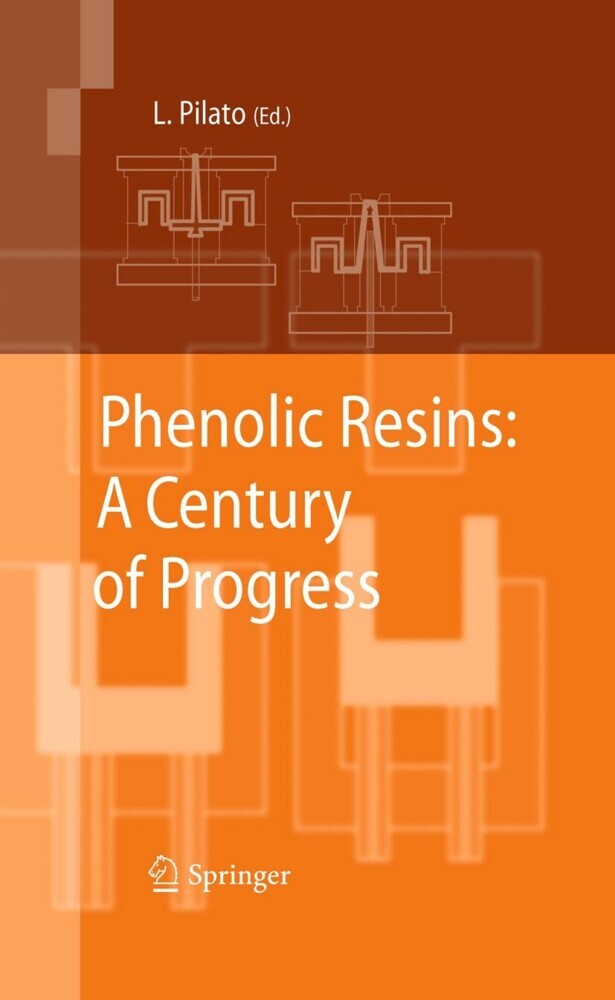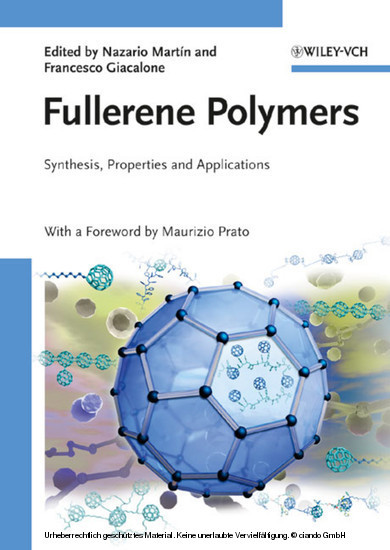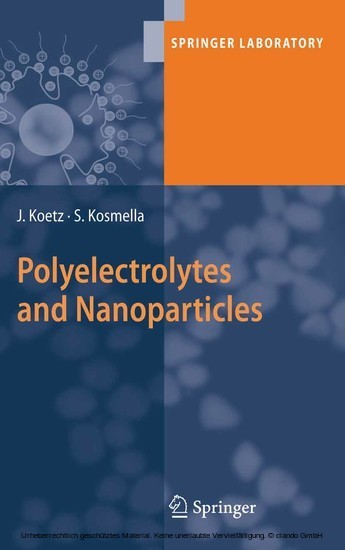Free-Radical Retrograde-Precipitation Polymerization (FRRPP)
Novel Concept, Processes, Materials, and Energy Aspects
Free-Radical Retrograde-Precipitation Polymerization (FRRPP)
Novel Concept, Processes, Materials, and Energy Aspects
The book pertains to unique phenomenological features of a potentially runaway polymerization reaction process that is apparently brought under control through a mass and energy confining mechanism. It integrates the combination of various concepts in order to explain a collection of experimental observations, which includes entrapment of reactive intermediates as well as their energy contents, nucleated thermal hot spots beyond adiabatic rise temperatures, and nanoscale confinement behavior that has been used for fine patterning of polymers. Toward the end, the author of the book will try to use whatever understanding that has been formulated about the Free-Radical Retrograde-Precipitation Polymerization (FRRPP) process to relate it to various materials including environmentally-reponsible and energy-relevant types, and inherent control of energetic systems.
1;Preface;6 2;Contents;9 3;1 Background;13 3.1;1.1 Phase Separation Thermodynamics;16 3.1.1;1.1.1 Thermodynamics of Polymer Solutions;16 3.1.1.1;1.1.1.1 Flory--Huggins Theory;16 3.1.1.2;1.1.1.2 Flory--Prigogine--Patterson Equation-of-State Theory;18 3.1.2;1.1.2 Liquid--Liquid Phase Equilibria of Polymer Solutions;19 3.1.2.1;1.1.2.1 Binodal Equations;19 3.1.2.2;1.1.2.2 Spinodal Equations;20 3.1.2.3;1.1.2.3 Measurement of Binodal and Spinodal Curves;21 3.1.3;1.1.3 The LCST Phenomenon in Experimental Polymer/Small-Molecule Systems;24 3.1.3.1;1.1.3.1 LCST and the FRRPP Process;25 3.1.3.2;1.1.3.2 Measurement of LCST-Based Ternary Phase Diagrams Using Cloudpoint Experimentation;27 3.1.4;1.1.4 Nomenclature;34 3.1.4.1;1.1.4.1 Alphabet Symbols;34 3.1.4.2;1.1.4.2 Subscripts;35 3.1.4.3;1.1.4.3 Superscripts;35 3.1.4.4;1.1.4.4 Greek Symbols;35 3.2;1.2 Polymer Transport Processes;36 3.2.1;1.2.1 Fluid Flow;36 3.2.2;1.2.2 Heat Transfer;38 3.2.3;1.2.3 Diffusional Mass Transfer;40 3.2.4;1.2.4 Nomenclature;47 3.2.4.1;1.2.4.1 Alphabets;47 3.2.4.2;1.2.4.2 Subscripts;48 3.2.4.3;1.2.4.3 Superscripts;48 3.2.4.4;1.2.4.4 Greek Symbols;48 3.2.4.5;1.2.4.5 Other Symbols;48 3.3;1.3 Conventional Polymerization Kinetics and Processes;49 3.3.1;1.3.1 Free-Radical Kinetics;50 3.3.2;1.3.2 Polymerization Processes;56 3.3.3;1.3.3 Copolymerization Kinetics;58 3.3.4;1.3.4 Nomenclature;59 3.3.4.1;1.3.4.1 Alphabets;59 3.3.4.2;1.3.4.2 Subscripts;59 3.3.4.3;1.3.4.3 Superscripts;59 3.3.4.4;1.3.4.4 Greek Symbols;60 3.3.4.5;1.3.4.5 Other Symbols;60 3.4;1.4 Phase Separation Kinetics in Nonreactive Polymer Systems;60 3.4.1;1.4.1 Phase Separation Mechanisms;60 3.4.1.1;1.4.1.1 Nucleation and Growth;62 3.4.1.2;1.4.1.2 Spinodal Decomposition;62 3.4.1.3;1.4.1.3 Coarsening;63 3.4.2;1.4.2 Mathematical Modeling of Structure Evolution in Phase Separating Polymer Systems;63 3.4.2.1;1.4.2.1 Binary Polymer/Solvent Systems;64 3.4.2.2;1.4.2.2 Ternary System;73 3.4.3;1.4.3 Experimental Efforts;76 3.4.3.1;1.4.3.1 Light Scattering Studies;77 3.4.3.2;1.4.3.2 Morphological Studies;83 3.4.4;1.4.4 Determination of Phenomenological Diffusivities from Numerical and Experimental Data;98 3.4.5;1.4.5 Nomenclature;100 3.4.5.1;1.4.5.1 Alphabets;100 3.4.5.2;1.4.5.2 Subscripts;101 3.4.5.3;1.4.5.3 Superscripts;101 3.4.5.4;1.4.5.4 Greek Symbols;101 3.4.5.5;1.4.5.5 Other Symbols;101 3.5;1.5 Phase Separation Kinetics in Reactive Polymer Systems;101 3.5.1;1.5.1 Derivation of the Spinodal Decomposition Equation with the Reaction Term;102 3.5.2;1.5.2 Numerical Simulation for Reactive Polymer Phase Separation Systems;104 3.5.2.1;1.5.2.1 Microscopic Calculation;106 3.5.2.2;1.5.2.2 Macroscopic Calculation;106 3.5.3;1.5.3 Results and Discussion;107 3.5.4;1.5.4 Nomenclature;108 3.5.4.1;1.5.4.1 Alphabets;108 3.5.4.2;1.5.4.2 Subscripts;109 3.5.4.3;1.5.4.3 Superscripts;109 3.5.4.4;1.5.4.4 Greek Symbols;110 3.5.4.5;1.5.4.5 Other Symbols;110 3.6;References;110 4;2 The FRRPP Concept;114 4.1;2.1 Connection to Nanotechnology;114 4.1.1;2.1.1 Formation of Reactive Polymer Nanoparticles;115 4.1.2;2.1.2 Agglomeration of Nanoparticles in a Stirred Vessel;118 4.1.3;2.1.3 Light Scattering;120 4.1.4;2.1.4 Proton and 13 C-NMR Studies;121 4.1.5;2.1.5 IR Imaging Study;123 4.1.6;2.1.6 Coil-to-Globule Transition;127 4.2;2.2 Local Heating and Energy Analysis of the FRRPP Process;128 4.2.1;2.2.1 Notional Concept;128 4.2.2;2.2.2 Case Studies;129 4.2.2.1;2.2.2.1 Case 1 -- Pressure Control Stirred-Tank Batch Reactor;129 4.2.2.2;2.2.2.2 Case 2 -- Mathematical Modeling of Hot Spots in Precipitation Polymerization Systems;132 4.2.3;2.2.3 Energy Analysis of Cases 1--2;135 4.2.3.1;2.2.3.1 Adiabatic Temperature Rise;135 4.2.3.2;2.2.3.2 Actual Overall Reactive Particle Temperature;136 4.2.3.3;2.2.3.3 Carbonization Temperatures;136 4.2.3.4;2.2.3.4 Data Interpretation;136 4.2.4;2.2.4 Glass Tube Reactor Experiment with Release of Reaction Fluid;137 4.2.4.1;2.2.4.1 Experimental Setup;137 4.2.4.2;2.2.4.2 Procedure;137 4.2.4.3;2.2.4.3 Results and Discuss
Caneba, Gerard
| ISBN | 9783642030253 |
|---|---|
| Artikelnummer | 9783642030253 |
| Medientyp | E-Book - PDF |
| Auflage | 2. Aufl. |
| Copyrightjahr | 2010 |
| Verlag | Springer-Verlag |
| Umfang | 310 Seiten |
| Sprache | Englisch |
| Kopierschutz | Digitales Wasserzeichen |

